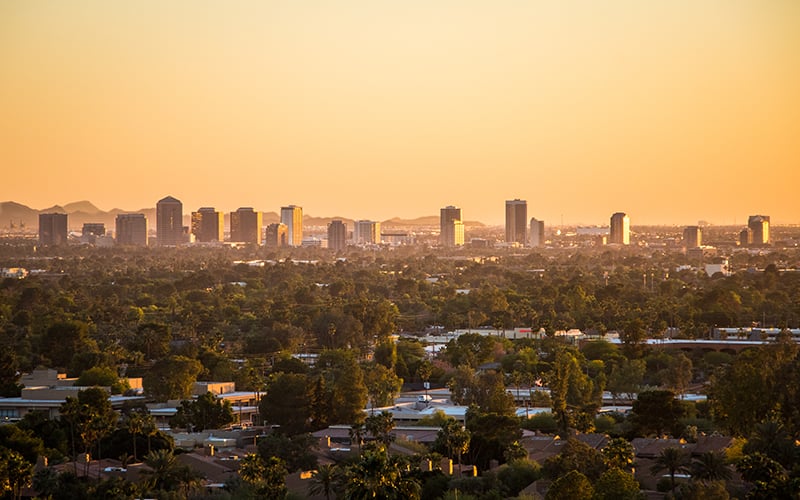PHOENIX – Most Americans adjust their clocks and watches in March and November, but Arizonans don’t. Why don’t we participate in daylight saving time?
Arizona has a long history of opting in and out of daylight saving, which was introduced in 1918 to save fuel during World War I.
It was repealed after the war, but experiments with the idea continued until 1966, when the Uniform Time Act became law. It standardized time zones and called for nationwide daylight savings rules, but states were allowed to opt out of daylight saving. Arizona signed on, but that extra hour of daylight quickly provoked a public outcry.
Calvin Schermerhorn, a history professor at Arizona State University, said Arizona residents and businesses objected to paying for an extra hour of air-conditioning.
“It means shifting the time to when the day is hottest, so citizens promptly said, ‘No, we don’t want that,’ and Arizona opted out,” he said.
But not all of Arizona opted out. Daylight saving time is observed on the vast Navajo Reservation but not on the Hopi Reservation, which is surrounded by Navajo lands.
So, would it be easier to have one, universal time?
Schermerhorn said human circadian rhythms would throw a wrench in that plan.
“We’ll have to think and act more like computers and less like human beings where we have this internalized, cultural clock,” he said.
For now, Arizona follows its own clock. So does Hawaii, the only other state that doesn’t observe daylight saving time.
Daylight savings ends at 2 a.m. on Sunday, when most Americans “fall back” and set their clocks back one hour – essentially gaining one hour of daylight, according to the Old Farmer’s Almanac.
